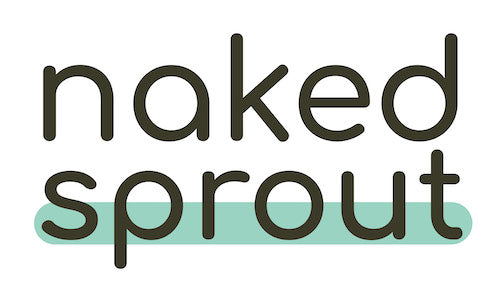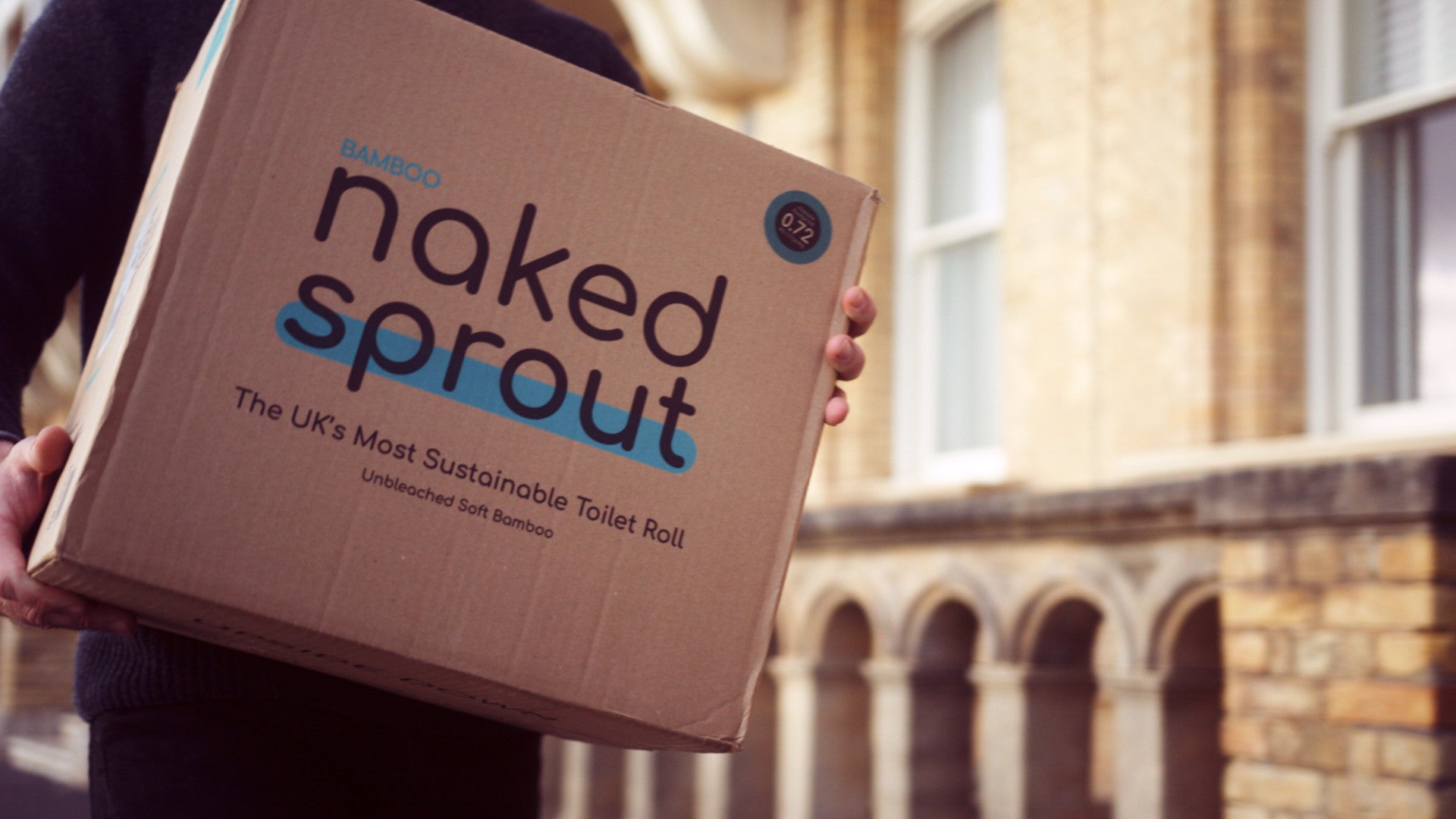Flushing the Greenwash: Energy vs. Electricity

We are all becoming more conscious of the impact our daily lives are having on the environment. Businesses know this and have been quick to jump on the eco-friendly bandwagon, plastering their products with green labels and eco-friendly claims. But is it all just a facade?
At Naked Sprout we are making concrete changes to our tissue products and our processes so they are more sustainable. Greenwashing, to us, is public enemy number one - a way for companies to dodge the hard work it takes to reduce their impact and replace it with marketing ploys.
So we’re using our blog to delve into the deceptive world of greenwashing, exploring real-life examples, dissecting the tactics employed by businesses, and empowering you with the knowledge to make informed choices.
We’ll kick off with one of the basic terms you see in the discussion around sustainability - energy. What counts as energy, how does the use of energy in manufacturing drive climate change, and is energy the same thing as electricity?
Let’s plug in.

Energy and Electricity
In our daily lives, the terms "energy" and "electricity" are often thrown around interchangeably. We might use either to describe how we heat water, power our appliances, and light up our homes. But some companies are taking advantage of this blurry line between the two terms to avoid telling the whole story of how their operations are impacting our climate.
So what’s the difference? We’ll start with energy. Energy is the blanket term for any kind of active, working, force that does stuff. Heat is energy, motion is energy, light is energy.
Many forms of energy can be converted into electricity; a form of energy that flows down metal wires in circuits. The electric batteries, and circuits that were developed throughout the 1800s are foundational technologies of the modern world; powering much of our daily lives from simple lamps to complex computers.
But electricity doesn’t come from nowhere, it needs to be generated. And, most of the time, generating electricity means burning fossil fuels.
Fortunately things are looking up, with the invention and widespread adoption of generators that make electricity from renewable sources of energy like the wind and the sun. Most of the Naked Sprout team are based in Brighton - on a clear day we love to see the beautiful Rampion Offshore Wind Farm out in the Channel, providing enough renewable electricity to power the lights, kettles, and TVs in half the homes in Sussex.

But that’s just electricity. What about the rest of the energy we use?
Buzzwords and Blurry Lines
Think about a standard car that runs on petrol burned in an internal combustion engine. The car isn’t powered by electricity, but it still needs energy, and this energy has a climate cost. Transport exhaust from cars, lorries, ships and planes are a key driver of climate change that is not associated with the supply of electricity.
Industrial manufacturing processes still rely on many non-electrical forms of energy, and this energy use can add up to a huge climate footprint outside of their electricity supply.
Let’s take a simple example, using a made-up company, “Green Roll,” who market their toilet rolls based on their environmental credentials.
It’s relatively easy for Green Roll to bring some amount of renewable electricity into their operations. For instance, they can have solar panels installed at their warehouse so that their daily electricity needs are no longer provided by generators running fossil fuels. So their climate footprint has gone down - a very good thing.
But that’s not all the energy you need to make toilet rolls. Assuming they’re manufacturing using standard tissue-making methods, Green Roll’s total energy requirements break down into about 40% electricity, and 60% heat.

We’ve covered the importance of heat in detail in an earlier post on the total climate footprint of our manufacturing processes. In summary, all paper making requires a huge amount of heat, generated in furnaces, to dry rolls. Most manufacturers burn natural gas to power these furnaces, releasing a huge amount of climate-changing emissions in the process.
So now Green Roll has a dilemma. The best thing to do would be to find a way of generating heat from renewable resources, like we have done at Naked Sprout. It’s not as cheap as using fossil fuels, and it takes work to set it up, but it’s a necessary step towards a truly sustainable process.
On the other hand, Green Roll can take advantage of the blurry line between “energy” and “electricity” - and say that, with the installation of their new solar panels, the “energy” they use at their factory is coming from renewable sources. They only mean electricity, but customers won’t necessarily know that. And so the biggest source of CO2e in their process is being swept under the rug.
So what can we do?
When you see a manufacturer talking about the “energy” they use, ask them if they mean all energy, or just electricity. Does their process involve drying using furnaces burning natural gas, heavy lifting using diesel-powered forklift trucks, or the long-distance transport of products or of raw materials on standard diesel lorries?

If so, electricity is not the only form of energy at work, but some brands might not be able to give much more information - because they don’t scrutinise their supply chain at this level of detail.
At Naked Sprout we obsessively track all of the energy we use at every stage of our processes, and account for all of it. Our processes aren’t perfect, but we will always give an honest accounting of our total climate footprint, and the concrete steps that we are taking in our raw material supply, manufacture, and delivery to reduce our emissions.
Want your toilet rolls without a serving of greenwash?




